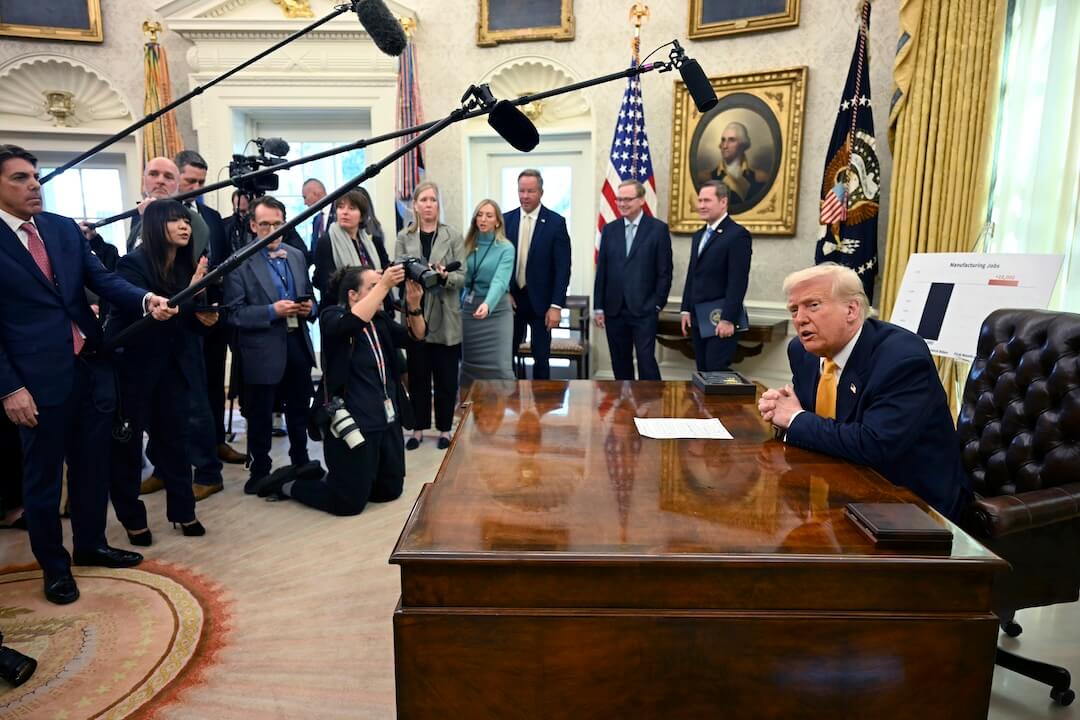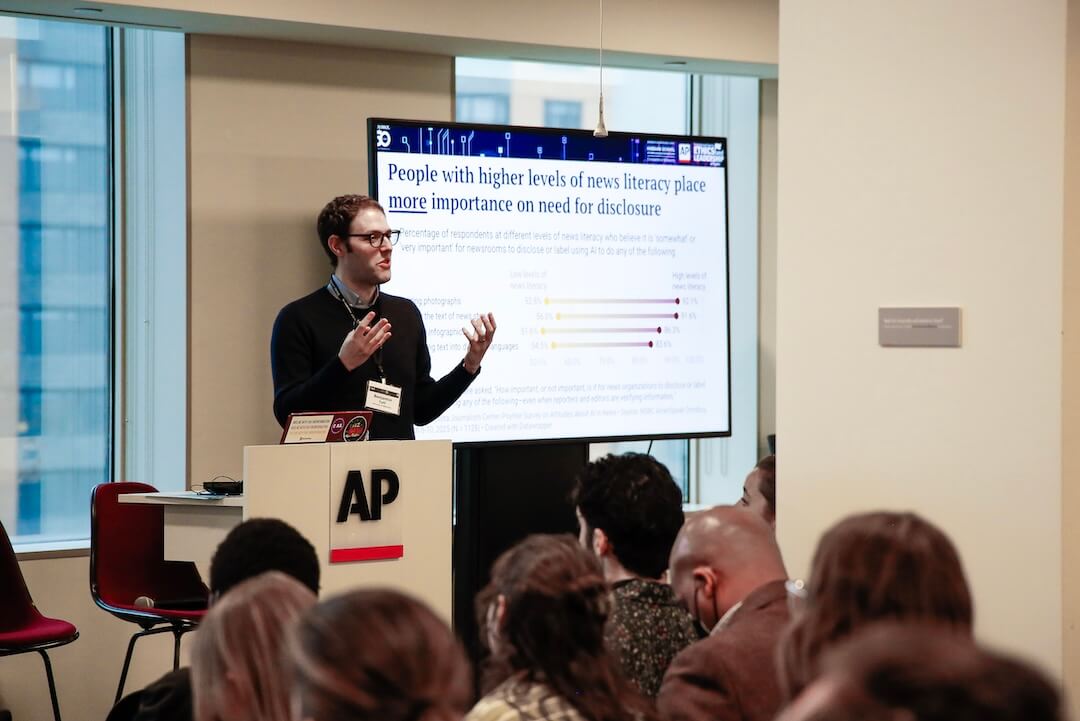I recently attended the fifth annual “frank gathering,” a three-day conference hosted by the University of Florida that drew attendees from all over the country. I met activists, academics, communications directors of non-profit organizations, campaign strategists, videographers, meme makers, comedians and yes, journalists, all invested in exploring how the emerging field of public interest communications can help us do our jobs better.
So, what is public interest communications?
The experts developing the field define it this way: “The development and implementation of science-based, planned strategic communication campaigns with the main goal of achieving significant change and sustained positive behavioral change on a public interest issue that transcends the particular interests of any single organization.”
Journalism romantics may scoff at the idea of finding journalism in a description that careens dangerously close to sounding like public relations or one-issue advocacy campaigns. Journalism’s philosophers, however, will not save its practitioners from the reality of having to figure out how to effectively tell the defining stories of our time while dealing with, well, the defining issues of our time — digital echo chambers that enable strategic misinformation to rapidly spread through social media, an administration obsessed with discrediting the press, widespread media illiteracy, deep mistrust of legacy news organizations and, of course, ever-shrinking resources.
And so I wondered, what can journalists toiling in our post-fact, digital-first world learn from public interest communications?
“The idea is that you can use behavioral science to do everything more effectively,” said Ann Christiano, the Frank and Betsy Karel Endowed Chair in Public Interest Communications at the University of Florida. (The late Frank Karel spent his career exploring strategic communications for social change. He was a science reporter at the Miami Herald and, later, developed strategic communications at philanthropic organizations including the Robert Wood Johnson Foundation, which sponsored the conference.)
Many journalists, of course, are already purposefully drawing from science to improve their work. Solutions journalism and trauma journalism come to mind.
Solutions Journalism is a style of reporting that focuses in-depth on investigating a response to a problem, and how the response works in meaningful detail. (To learn more, check out the Solutions Journalism Network.)
Tina Rosenberg is the co-founder of the Solutions Journalism Network, and co-reporter of “Fixes,” the weekly New York Times column that reports on what works, instead of what doesn’t. Rosenberg’s network co-founder and column co-reporter David Bornstein presented at the first frank gathering five years ago. Rosenberg presented at this one.
“People are not just losing trust in the media, but also losing trust in each other,” Rosenberg said during her presentation, highlighting misinformation that spread during the last presidential election. For example, while campaigning, Trump promised to “liberate our citizens from the crime and terrorism and lawlessness that threatens their communities,” even though a 2016 report indicates that since 2008, the national rate of violent crime has been lower than at any point since 1976.
It’s too simple to just blame politicians for fear-mongering. “The media was complicit,” she said, “because that is what they tell [readers] all the time.”
Rosenberg says that journalism has a “negative bias” problem, often too focused on reporting what’s broken without widening the lens to examine what is working. Solutions journalism says watchdog journalism shouldn’t stop at describing a looming problem; it needs to expand to include rigorous reporting on possible solutions.
The problem isn’t just that negative bias is unproductive, it’s also that the barrage of negativism makes readers tune out.
“Journalists produce a product that is painful to consume,” said Rosenberg, “and then we wonder why no one wants to pay for it.”
Academics and researchers at the Center for Public Interest Communications at the University of Florida, which just launched this month, would say that journalism needs to be more “audience-centric” in order to be more successful.
If “audience-centric” sounds like a term you might hear a marketer use in a PowerPoint presentation, it’s because that’s exactly what it is. That’s okay, because journalism needs to figure out both how to make a better product, and how to sell it.
“We’re having a really interesting conversations exploring how to bring [social science] into the newsrooms and to help with engagement, and to connect reporters with their communities in a new way,” says Christiano. “What would a newsroom that had that knowledge do if they really understood the thoughts and feelings of the people they’re covering?”
Trauma journalism is another fertile intersection between public interest communications and journalism. In 2012, I had the privilege of being an Ochberg fellow at the Dart Center for Journalism and Trauma at the Columbia University Graduate School of Journalism. At the Dart Center, we’re already using science to inform best practice in the field by purposefully incorporating what we know about both the neurobiology of trauma to improve reporting on violence, conflict, and tragedy.
A bright-spot example of this intersection is the Dart Center’s research and recommendations for journalists covering suicide. The Dart Center worked with scientists at the International Association for Suicide Prevention and the World Health Organization to develop best-practice guidelines and tip sheets for responsible reporting on suicide. They’re already using science to do better at reaching journalism’s goals of improving accuracy and minimizing harm.
Why not look beyond neurobiology for scientific research to improve all kinds of journalism?
As a field, Public Interest Communications seeks to draw on sociology, psychology, political science, and neuroscience research. With the first-ever Center for Public Interest Communications having just launched, Christiano is just beginning to explore how to build a better bridge between the ivory tower of science research and the newsroom.
It strikes me that exploring new ways to use a broad spectrum of science to improve journalism is akin to turning the lens of solutions journalism on our own practice. We read enough eulogies for alt-weeklies and scary reports about how the public no longer trusts the old ways of news-making.
We need to look at what works to create a better, more evidence-based standard of journalism because it turns out, facts aren’t particularly stubborn.
What kinds of research could help you do your job better? You can contact the Center for Public Interest Communications here.








